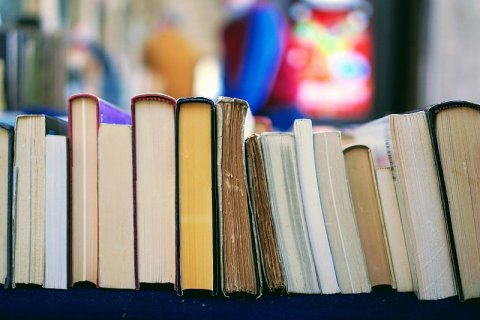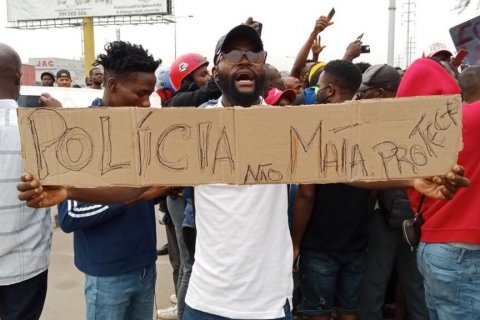"You can't talk about Congo without talking about Portugal", Biluca Nsakala Nsenga, the manager of the historic centre, categorically states in an interview with Lusa in the space of the former colonial prison, built in the 1950s, which now houses an exhibition alluding to the Kingdom of Congo.
Over the course of 500 years, the two former kingdoms, now republics, fought and negotiated, alternating between proximity and hostility depending on their interests at stake, reaching a friendly relationship today, says the person in charge, an anthropology specialist and former director of culture.
Regarding the elevation to World Heritage status, "a titanic task, which took years", he explains that it resulted from careful research to try to discover what the former Kingdom of Congo was like, "to prove the authenticity of that city" and its attributes to be elevated to world heritage status.
Attributes such as Kolumbimbi, the old cathedral considered the oldest church in sub-Saharan Africa, next to which is the cemetery where the baptized kings of Congo are buried, or the Regional Museum of the Kingdom of Congo, which was a royal palace since 1901 and served as the residence of the last monarchs in the 20th century.
There are several artefacts, including gifts from Portuguese kings to their fellow Congolese royals and a replica of the Yelala stone, with inscriptions made in 1485 during Diogo Cão's second maritime exploration voyage, where the shield and the cross of Christ can be seen.
There is also the sacred tree, Yala Nkuwu, which legend has it already existed in the time of Diogo Cão, the archaeological site of Tady Dya Bukikua, the ancient tree (Yala Nkuwu) and the tomb of Dona Mpolo, mother of one of the kings, who was buried alive in the 16th century for disobeying the laws of the court.
"As regards the authenticity, the integrity of the city of Mbanza Congo, we proved to UNESCO [United Nations Educational, Scientific and Cultural Organization] that, since the times of the ancestors of the Kingdom of Congo, it has always been the capital. When we did the archaeological work, the excavations, we found around four thousand pieces. When they took them to the laboratories in the United States for dating, some of them dated back to 1439", he added.
São Salvador do Congo until Angola's independence in 1975, and the current capital of the province of Zaire, the history of Mbanza Congo is also inseparable from that of Portugal.
"Mbanza Congo is very important for Angola, given its cultural, spiritual and symbolic traditions, but it is also important for Portugal, because of Diogo Cão's connection and the contact he had with the kings of Congo", continues Biluca Nsakala, highlighting that Portuguese experts were also involved in the archaeological work and preparation for the city's nomination as a world heritage site.
One of UNESCO's criteria was precisely the comparison of Mbanza Congo with another city, having found similarities with Évora, "the city of intellectuals", a comparison that was made in 1491 by the Milanese ambassador in Lisbon.
"We cannot distance ourselves from Portugal, our official language is Portuguese, it is already part of our heritage", argued the official, adding: "We cannot talk about the former kingdom of Congo without talking about Portugal, due to these relations that they had, from the exchange of gifts between the king of Portugal and the king of Congo – who even at the time treated each other as 'noble brothers' – to the resolution of the kingdom's political affairs together with Portugal", highlighted Biluca Nsakala, reinforcing that history developed together.
"Today, we maintain good relations with Portugal and we have many Portuguese visitors visiting the museum and even researchers", he added.
Regarding the impact of the UNESCO classification, declared on July 8, 2017, the manager of the historic center stressed that "things began to change from 2012 onwards", with the construction of schools, medical posts, road rehabilitation and water and energy supply, in addition to new hotel infrastructures.
That year alone, 11,000 tourists were welcomed, an influx that the Covid-19 pandemic has halted since 2020.
"We are trying to resume, to recover", said Biluca Nsakala, explaining that boosting tourism also involves crafts and gastronomy.
The fight also involves conservation.
"It is the big fight. I thought that preparing the dossier would be the most difficult phase, but we have these maintenance and conservation issues and then we have to face the population, make residents aware that there are rules for building in certain areas, so as not to damage the part classified as world heritage", said the specialist.
A challenge to which the population explosion and the consequent anarchic construction of houses contribute, added the former director of Culture.







